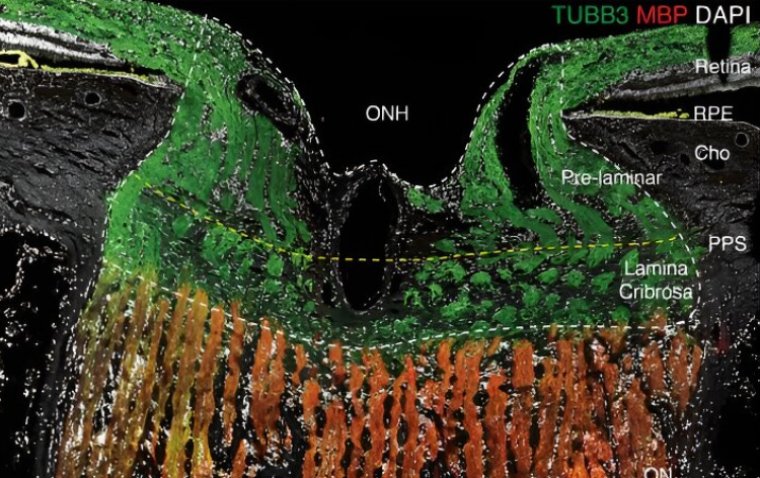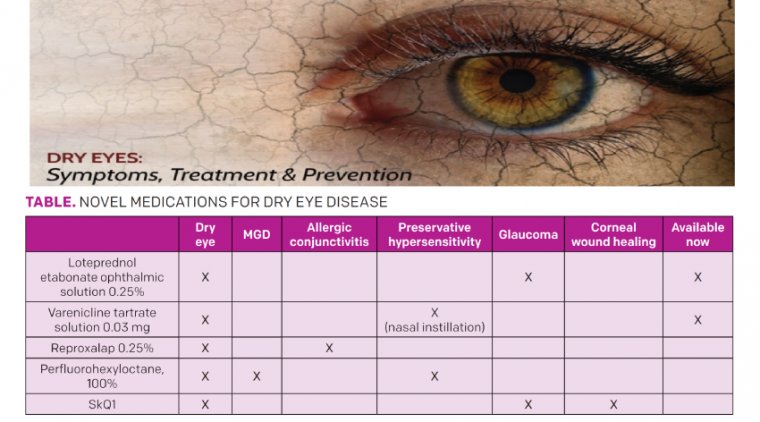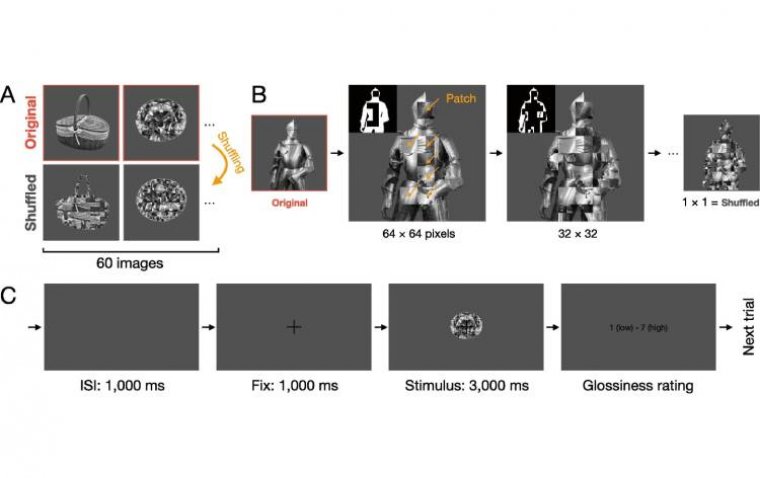
Detailed Eye Atlas Holds the Key to Novel Therapies for Eye Diseases
Glaucoma and macular degeneration result in blindness for millions of people every year. These diseases have been linked to hundreds of genes that increase susceptibility, often serving as initial targets for therapies aimed at preventing or reversing blindness. However, the precise locations, timing, and reasons for the expression of these genes throughout the visual system have not always been clear.
After over a decade of research, Harvard scientists have concluded a comprehensive analysis that not only holds the potential to guide more effective and precise gene therapies for vision impairments but also fosters a deeper understanding of the intricate complexity of human vision.
Under the leadership of neurobiologist Joshua Sanes, the team has compiled a comprehensive inventory of nearly 160 cell types present in all the structures of the human eye. Additionally, they have documented the genes expressed by each of these cell types. Their findings, referred to as a "cell atlas of the human eye," are presented in detail in the journal Proceedings of the National Academy of Sciences.
"Our atlas can be used to assess which cell types express any disease-associated gene, thereby suggesting ways to design effective therapeutic strategies," Sanes said.
Joshua Sanes, the Jeff C. Tarr Professor of Molecular and Cellular Biology and the founding director of Harvard's Center for Brain Science, has maintained a long-standing interest in unraveling the intricate formation of complex neural circuits within the mammalian brain. His particular focus has been on the neural retina, situated at the posterior of the eye, which serves as a hybrid of a camera and graphics processor. Most cases of irreversible blindness stem from retinal diseases, making the retina an essential subject for study. An additional advantage is that the retina is readily accessible for research since it exists outside the confines of the skull, eliminating the need for invasive procedures.
Over a decade ago, Sanes and his colleagues embarked on a journey to employ single-cell RNA sequencing as a means to identify genes expressed across thousands of retinal cells simultaneously. This emerging technology, coupled with increasingly robust bioinformatics tools, enabled them to systematically categorize neural retina cells based on their RNA transcripts. These transcripts are unique pieces of genetic information that become discernible when DNA undergoes transcription into RNA within each cell.
Intrigued by the underlying causes of blindness, Sanes expanded his utilization of RNA sequencing to encompass not only the retinal cells but also the entire human eye, encompassing neighboring structures such as the cornea, iris, and optic nerve, many of which have been implicated in vision loss.
In their recent study, the research team meticulously analyzed a staggering 151,000 single cells, encompassing structures like the optic nerve, optic nerve head, sclera, and retinal pigment epithelium. This extensive endeavor led to the identification of nearly 160 distinct cell types, some exclusive to structures like the lens or retina, while others were shared among multiple components. Their comprehensive analysis now serves as a foundational framework for understanding which cell types express specific genes, and crucially, where these genes are expressed.
As a significant validation of their work, the team employed their newly created atlas to chart the expression of over 180 genes linked to glaucoma, the foremost cause of blindness on a global scale. This debilitating condition affects not only the retina but also ocular tissues both anterior and posterior within the eye. Remarkably, the researchers discovered the expression of glaucoma-associated genes spanning a multitude of cell types, including unexpected locations such as the retinal pigment epithelium.
The comprehensive mapping of genetic expression throughout the human eye holds promise for advancing therapies for blindness and shedding light on the evolution of human vision. In pursuit of this objective, Sanes' laboratory has harnessed single-RNA sequencing to construct neural cell atlases for various animal species, including primates, rodents, fish, birds, and others. Through comparative analysis of shared cell types among these species, researchers can draw insights into the evolutionary forces that have played a pivotal role in shaping diverse retinal structures.
Reference
Aboozar Monavarfeshani et al, Transcriptomic analysis of the ocular posterior segment completes a cell atlas of the human eye, Proceedings of the National Academy of Sciences (2023). DOI: 10.1073/pnas.2306153120
(1).jpg)










